The CN Tower is perhaps Toronto’s most recognizable landmark, visible from almost any viewpoint in the downtown. Whether a person is entering the city from the east or the west, it is easily seen. Gazing at the city from the deck of a Toronto Island ferry, the tower dominates the skyline, towering above the tallest skyscrapers. Perhaps the most spectacular views are after dark, when 1300 LED lights illuminate the tower. These were installed in June 2007, the colours varying to suit the seasons, special events or holidays. On Canada day it is bathed in red and white, at Christmas in green and red, Halloween in orange, and the rainbow colours the week of gay pride. Throughout the year, the tower reflects the life and activities of the city.
The reason for its construction was to accommodate the communication needs of the city. By the 1970s, a tower with great height was needed as the tall buildings in the downtown core were interfering with communication signals. The initial drawings for the CN Tower were created by the architectural firm of Baldwin and Franklin. However, the final designs were by Webb, Zerafa, Menkes, and Housden Partnership. Its cost was estimated to be between $50 and $60 million.
Built by CN Railways, its construction began on February 6, 1973. For the foundations, over 50 metric tonnes of soil were removed, as it required digging down to the bedrock. The height of the tower was to be 1815 feet (553 metres), the equivalent of an 147-storey skyscraper. The shaft was 1100 feet (335 metres) high, topped by a seven-storey pod that would contain a revolving restaurant able to accommodate 400 guests. Inside the pod there was to be an observation deck that would provide a magnificent 360 degree view, stretching across Lake Ontario and the surrounding city on the other three sides. The final sections of the antenna were lifted into place by a Sikorsky helicopter nicknamed “Olga.” Construction was completed on April 2, 1975 and it was opened to the public on June 26, 1976. In that year, it was the tallest free-standing structure in the world, and maintained this distinction for 31 years. In 2007, the Burj Khalifa in Dubai surpassed it in height.
In 1986, the world’s first flight simulator-ride experience opened in a complex at the base of the tower. In 1995, the tower was declared one of the Seven Wonders of the Modern World by the American Society of Civil Engineers. The others modern wonders were the Chunnel under the English Channel, the Golden Gate Bridge in San Francisco, the Panama Canal, the Empire State Building, Itaipu Dam in Brazil, and the North Sea Project off the coast of Europe. This
In 1996, two elevators were added to the original four, all of them capable of whisking customers from the ground to the pod in less than a minute. In 1997, a 9000-bottle wine cellar was installed for the 360 Restaurant, creating the world’s highest wine cellar. The same year, Toronto-based Trized Hahn, a real estate conglomerate, began operating and managing the tower. A 75,000 square-foot shopping and attractions complex was added at the base of the tower in 1998. In 2011, Edgewalk was built around the pod, a 1.5 metre ledge that encircled the structure. It allowed visitors to appreciate the 360-degree view while dangling outside the pod.
In 2014, Ripley’s Aquarium opened near the tower. Each year, the CN Tower attracts more than 2 million visitors.
View from Front Street West on September 10, 1973. Toronto Archives, Fl.1526, fl 0047, It. 0003
The tower is in the upper left-hand corner of this photo, taken in October 1973. City of Toronto Archives, S 1465, Fl 0240, It. 0091
View on November 26, 1973, Union Station in foreground with smoke rising from its roof. Toronto Archives, Fl. 1546, Fl 0047, It. 0005
The construction of the tower in 1974, photo from CN Tower
“Olga,” the Sikorsky helicopter lowering the sections of the antenna on March 16, 1975. Toronto Archives, Fi 1526, Fl 0047, It.0010
Olga” the Sikorsky helicopter and the tower on March 23, 1975, Toronto Archives, Fi 1526, Fl0047, It. 0022 (1)
The tower and its surroundings in 1977, a year after its completion. Photo, Brian Wilcox.
“Top of the Universe”, the world’s first flight simulator-ride experience, Photo CN Tower.
Sky pod and antenna in 2014.
Tower from a downtown terrace, October 2014.
Gazing south on Spadina Avenue from south of Queen West, October 2014.
To view the Home Page for this blog: https://tayloronhistory.com/
To view previous blogs about movie houses of Toronto—historic and modern
Recent publication entitled “Toronto’s Theatres and the Golden Age of the Silver Screen,” by the author of this blog. The publication explores 50 of Toronto’s old theatres and contains over 80 archival photographs of the facades, marquees and interiors of the theatres. It relates anecdotes and stories of the author and others who experienced these grand old movie houses.
To place an order for this book:
Book also available in Chapter/Indigo, the Bell Lightbox Book Store and by phoning University of Toronto Press, Distribution: 416-667-7791
Theatres Included in the Book:
Chapter One – The Early Years—Nickelodeons and the First Theatres in Toronto
Theatorium (Red Mill) Theatre—Toronto’s First Movie Experience and First Permanent Movie Theatre, Auditorium (Avenue, PIckford), Colonial Theatre (the Bay), the Photodrome, Revue Theatre, Picture Palace (Royal George), Big Nickel (National, Rio), Madison Theatre (Midtown, Capri, Eden, Bloor Cinema, Bloor Street Hot Docs), Theatre Without a Name (Pastime, Prince Edward, Fox)
Chapter Two – The Great Movie Palaces – The End of the Nickelodeons
Loew’s Yonge Street (Elgin/Winter Garden), Shea’s Hippodrome, The Allen (Tivoli), Pantages (Imperial, Imperial Six, Ed Mirvish), Loew’s Uptown
Chapter Three – Smaller Theatres in the pre-1920s and 1920s
Oakwood, Broadway, Carlton on Parliament Street, Victory on Yonge Street (Embassy, Astor, Showcase, Federal, New Yorker, Panasonic), Allan’s Danforth (Century, Titania, Music Hall), Parkdale, Alhambra (Baronet, Eve), St. Clair, Standard (Strand, Victory, Golden Harvest), Palace, Bedford (Park), Hudson (Mount Pleasant), Belsize (Crest, Regent), Runnymede
Chapter Four – Theatres During the 1930s, the Great Depression
Grant ,Hollywood, Oriole (Cinema, International Cinema), Eglinton, Casino, Radio City, Paramount, Scarboro, Paradise (Eve’s Paradise), State (Bloordale), Colony, Bellevue (Lux, Elektra, Lido), Kingsway, Pylon (Royal, Golden Princess), Metro
Chapter Five – Theatres in the 1940s – The Second World War and the Post-War Years
University, Odeon Fairlawn, Vaughan, Odeon Danforth, Glendale, Odeon Hyland, Nortown, Willow, Downtown, Odeon Carlton, Donlands, Biltmore, Odeon Humber, Town Cinema
Chapter Six – The 1950s Theatres
Savoy (Coronet), Westwood
Chapter Seven – Cineplex and Multi-screen Complexes
Cineplex Eaton Centre, Cineplex Odeon Varsity, Scotiabank Cineplex, Dundas Square Cineplex, The Bell Lightbox (TIFF)
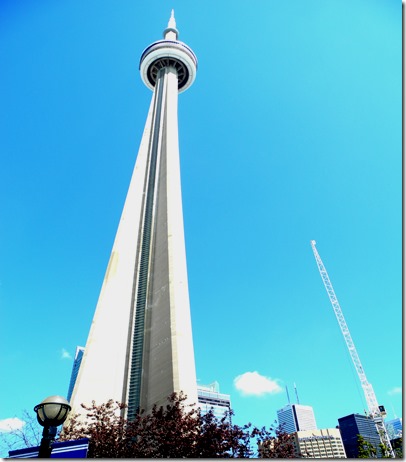
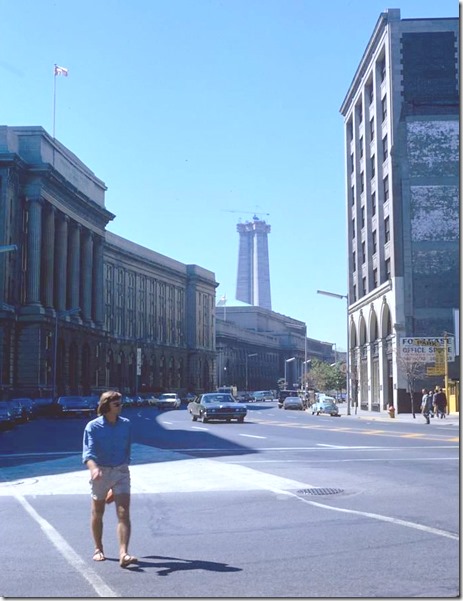
![2011915-cn-tower-construction-s1465_fl0240_it0091[1] mid-1970s 2011915-cn-tower-construction-s1465_fl0240_it0091[1] mid-1970s](https://tayloronhistory.com/wp-content/uploads/2015/05/2011915-cn-tower-construction-s1465_fl0240_it00911-mid-1970s_thumb1.jpg)
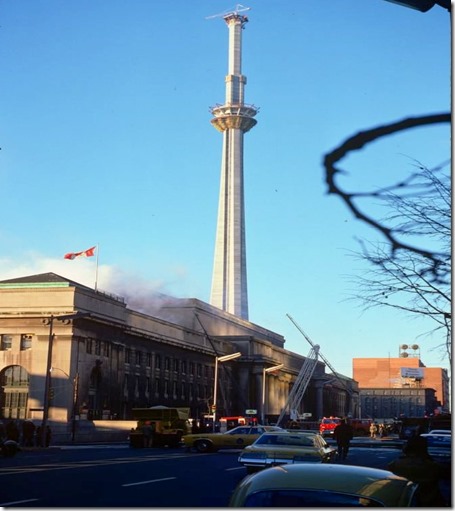
![20100926-70sCN[1] 20100926-70sCN[1]](https://tayloronhistory.com/wp-content/uploads/2015/05/20100926-70scn1_thumb.jpg)
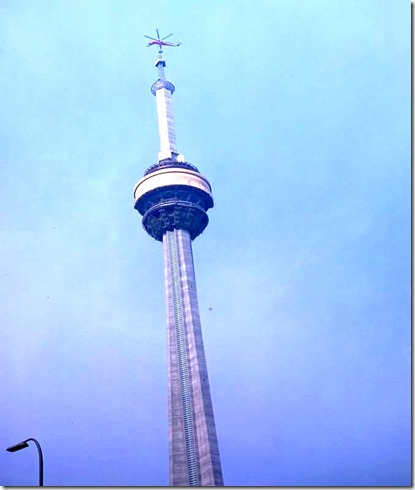
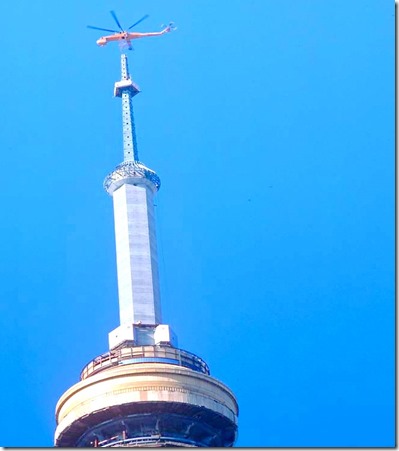
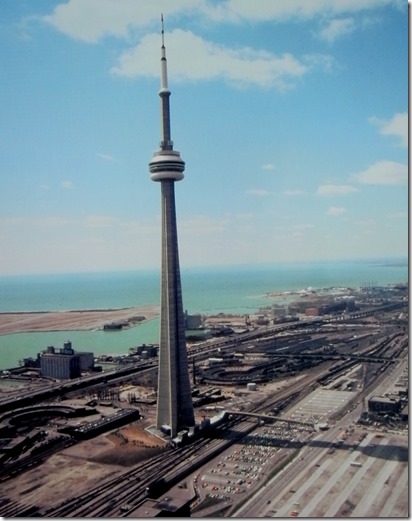
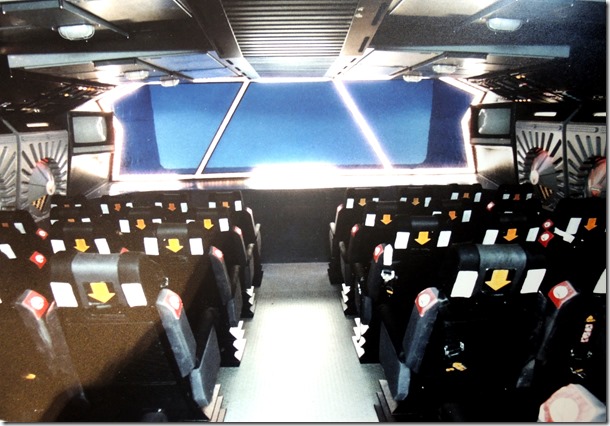
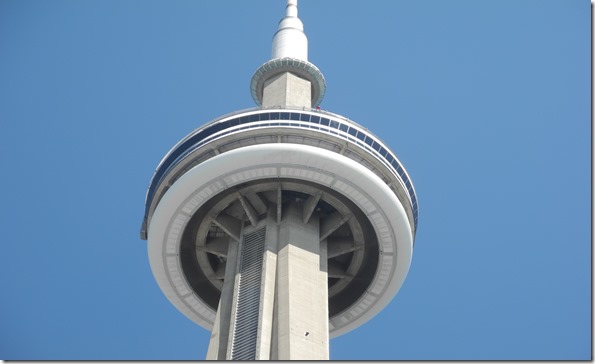
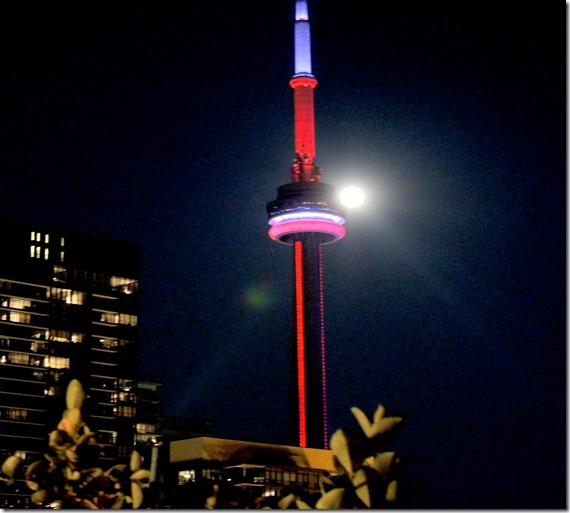
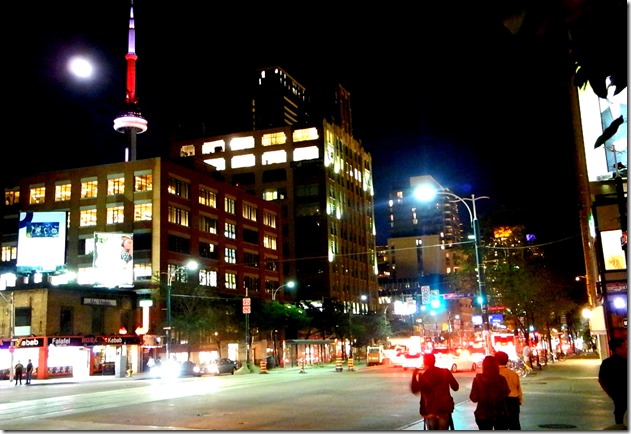
![cid_E474E4F9-11FC-42C9-AAAD-1B66D852[1] cid_E474E4F9-11FC-42C9-AAAD-1B66D852[1]](https://tayloronhistory.com/wp-content/uploads/2015/05/cid_e474e4f9-11fc-42c9-aaad-1b66d8521_thumb7.jpg)

